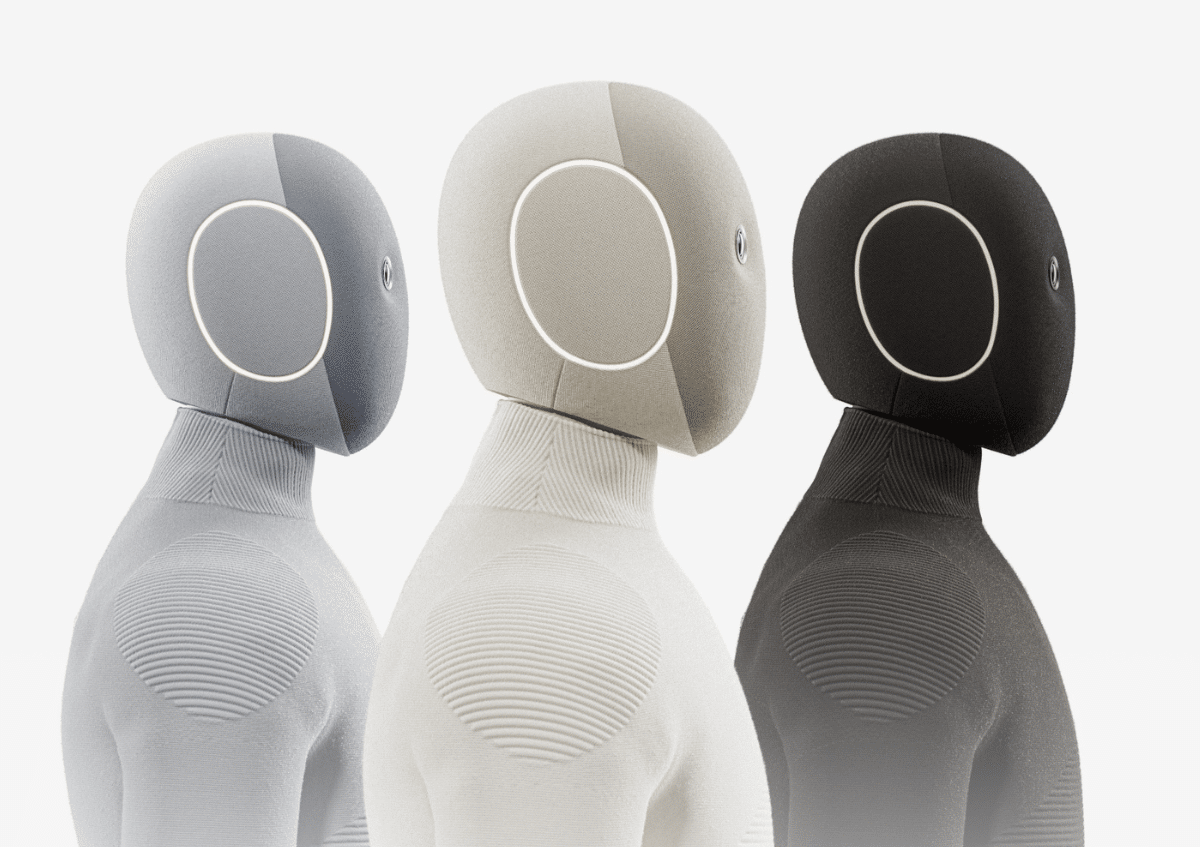Image: courtesy of 1X
The new roommate for 20,000 dollars
It is 1.65 meters tall and weighs just under 30 kilos: Neo, the new household robot from start-up 1X Technologies. As can be read on the company's website, the first models are set to arrive in US households from 2026. The idea behind it: Technology should not only impress, but also relieve. According to the manufacturer, Neo should help people to have more time for the essentials - family, leisure, life. But what can it really do? And how much of it is already part of everyday life - and how much is a dream of the future?
Help at the touch of a button - but not without human support
Even if Neo looks like an autonomous super robot at first glance, the reality is somewhat more down-to-earth. In order to learn new tasks, the robots are still controlled by humans - in real time. To do this, so-called "experts" wear headsets and controllers and move Neo from a distance. Neo learns the processes and can later carry out the tasks on its own.
This means that anyone who has Neo in their home allows external intervention to a certain extent - albeit digitally. However, the manufacturer makes it clear on its website that such interventions must be actively requested by the user; no one can log in without being asked.
The aim is to complete tasks and improve Neo's learning system at the same time. According to CEO Bernt Børnich, this model is an intermediate step: "Our experts can monitor and guide Neo's actions as required." The aim is for Neo to work independently over time - with the help of AI, software updates and continuous training.
Robot race: Who brings the best home help?
There is tough competition on the market for humanoid household robots, but Neo could be the first to actually arrive in everyday life - not as a show effect, but as a product. With voice control, image and audio recognition, its own AI model and adaptive software, it has a lot of potential. Its technology looks well thought out: 22 articulation points for fine movements, a soft outer layer, quiet motors and even a built-in loudspeaker system for entertainment.
If you want, you can pre-order it now - but you will have to dig deep into your pockets to buy it. As things stand, around 20,000 dollars are due, but there will also be a subscription model, in which case you will pay at least 499 dollars a month.
Comment: Between cleaning robot and digital roommate
Neo is more than just a smart vacuum cleaner - but not yet an independent housemate. The concept of having robots trained by humans is clever, but also takes a bit of getting used to. Because Neo learns with every move - not on its own, but under supervision. Anyone who uses it must be aware of this: There is a human behind the machine.
This is not a scandal, but it is not a miracle either. It shows: The future is not moving in all at once, but is slowly making its way into the living room. Those who are early adopters get impressive technology with learning potential - but also with limitations. Neo is an exciting start, not a finished goal. Anyone who sees robots as tools - and not as miracle machines - could discover the future here before everyone else does.







